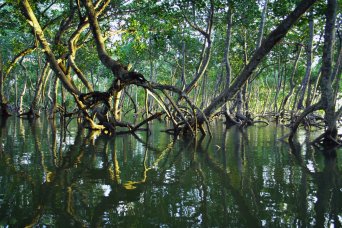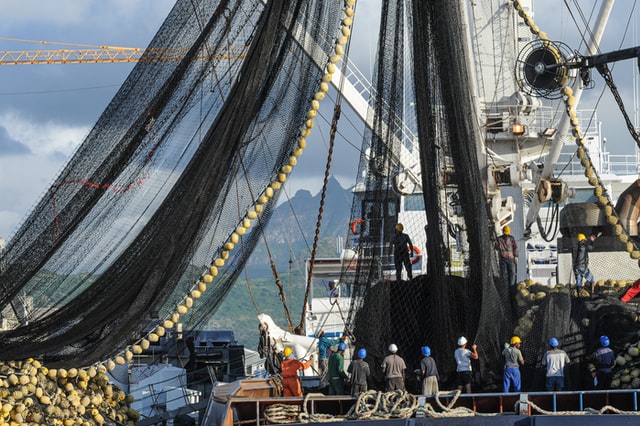- About
- Topics
- Picks
- Audio
- Story
- In-Depth
- Opinion
- News
- Donate
- Signup for our newsletterOur Editors' Best Picks.Send
Read, Debate: Engage.
| topic: | Conservation |
|---|---|
| located: | India |
| editor: | Bindu Gopal Rao |
India’s annual budget recently announced a strategy for ‘Green Growth’ that includes a special scheme called ‘Amrit Dharohar’ for protecting vital wetlands, which sustain aquatic biodiversity. Union Finance Minister Nirmala Sitharaman said this would help in “sustainable ecosystem development with the help of local communities.” The budget has allocated Rs 3,079 crore ($373,112) to the Ministry of Environment, Forest and Climate Change.
India has 54 Ramsar sites, which are wetlands of international importance. World Wetland Day is celebrated worldwide on February 2 to commemorate the signing of the Ramsar Convention on Wetlands in 1971 to raise awareness of these fragile ecosystems.
While wetlands are believed to be the world’s most economically valuable ecosystems, they are sadly disappearing three times faster than forests. This is especially worrying in the face of climate change as wetlands store twice as much carbon as forests and help reduce the risk of flooding in surrounding areas.
Of the many species that Wetlands foster are seagrasses, mangroves, diatoms, porifera, cnidaria, molluscs, crustaceans, reptiles, birds and mammals. Migratory birds not only use wetlands as a stopover, but also breed in many of them. Despite this, wetlands are at risk because of unsustainable use, invasive species, deforestation, water drainage, pollution and soil erosion.
Wetlands have protection under several wildlife and forest laws in India. There has been a concerted effort to protect and rejuvenate them. The approach has been to develop baseline information, rapid assessment of wetlands’ condition, stakeholder participation and management planning. A national wetlands portal has been developed as well and there are guidelines for state governments for conservation and restoration.
There are also private players and NGOs that are playing their part in the preservation efforts. The Habitats Trust organisation, for example, aims at conserving India’s natural habitats and endangered species. Rushikesh Chavan, the head of The Habitats Trust, explains optimistically that “awareness about the importance of functioning ecosystems and biodiversity is on the rise. The world stands at a critical juncture today, and what it chooses to do now will heavily influence the times to come. It is heartening to see the government of India announcing a scheme to promote conservation values through optimal use of wetlands.”
The opportunity to rescue wetlands is especially important since in these habitats, humans coexist with the natural world. Hence, local participation is being touted as the way forward. Community-led initiatives, like Narayan Choudhary’s Talab Bachao Abhiyan, Shweta Hule’s ’Swamini’, a self-help group that does mangrove safaris, and Ramveer Tanwar, who resurrected several ponds and lakes in and around Noida, near Delhi, are examples of how people have done their part for conservation.
While this is a start, there is an urgent need to have better protection laws that can be enforced effectively to protect these important ecosystems.
As Chavan from Habitats Trust states: “We hope that this brings to the spotlight the pitiful plight of wetland biodiversity and an awareness that sustainable human well-being can be achieved only through healthy biodiversity and ecosystems.”
Image by Timothy K

